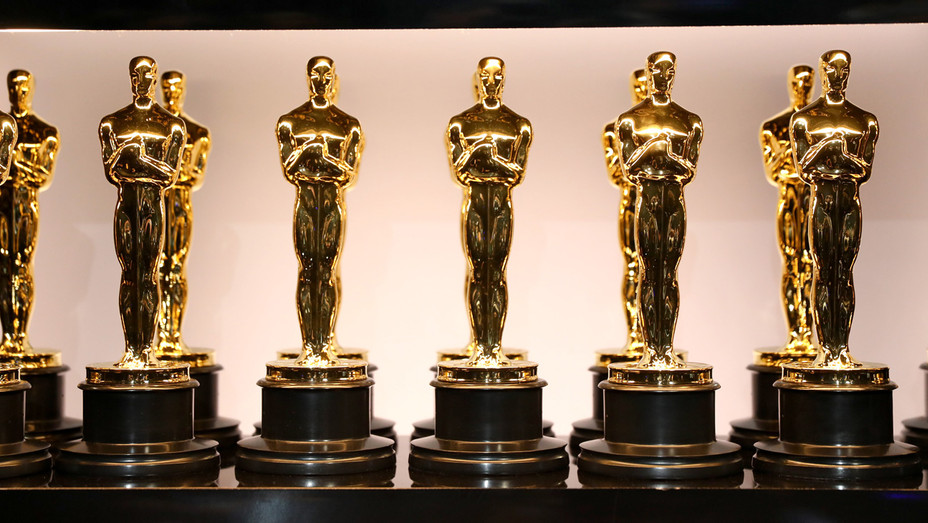On Tuesday, the Academy of Motion Picture and Sciences announced that it had surpassed its goal of doubling the number of women and people of color by 2020. The goal was set after 2016, when the #OscarsSoWhite hashtag went viral and targeted the Academy for its lack of diversity and for consistently omitting nominees of color. But what exactly does this added diversity mean for the future of Hollywood, and why is this added representation so important?
In January 2015, Twitter user April Reign came up with the #OscarsSoWhite hashtag to express her displeasure at the nominees for the 2015 ceremony. That year, all 20 nominees in the acting categories were white. While the hashtag gained traction on social media, the phrase didn’t garner mainstream attention until the following year, when all the nominees in the acting category were once again all white.
At the time, the Academy’s membership was 94 percent white and 77 percent male. A week after the 2016 nominations were announced, the Academy then-president Cheryl Issac Boone. as well as the board of governors, made plans to double the number of women and ethnically underrepresented members in the next four years in an initiative they called A2020.
The tweet that started it all. #OscarsSoWhite https://t.co/PNBUQ7l23g
— April (@ReignOfApril) January 15, 2016
Over the next couple of years, there were a few instances that appeared to show that the Academy had started to recognize more diverse films and filmmakers. In 2017 “Moonlight,” a movie about a Black man who grew up in poverty and struggled to come to terms with his own sexuality won three Oscars, including Best Picture. In 2018, Jordan Peele won Best Original Screenplay for “Get Out.” The 2019 ceremony had a record number of winners by Black nominees and in 2020, “Parasite,” a South Korean film, took the award for “Best Picture.”
This year, the Academy added 819 new members from 68 different countries. Some notable additions included Lakieth Stanfield, Olivia Wilde, Awkwafina, Cynthia Erivo and Constance Wu. Thirty-six percent of this year’s invitees are people from ”underrepresented ethnic and racial communities” and 45 percent were women. These new members were added in the hopes of highlighting more minority voices and films as well as encouraging young filmmakers to create stories that represented themselves and their communities.
Though the Academy reached the goal they set in 2016, the organization remains incredibly homogeneous. Eighty-one percent of its members are white and although “Parasite” won four Oscars, there was a notable lack of racial and gender diversity in other categories.
Although people of color make up half of all movie goers in the United States, they still make up a much lesser portion of Academy members. It can be easy to see the handful of instances where the Oscars acknowledged women and people of color as making strides towards diversity, but it’s clear that a lot more needs to be done to promote inclusion in Hollywood.
